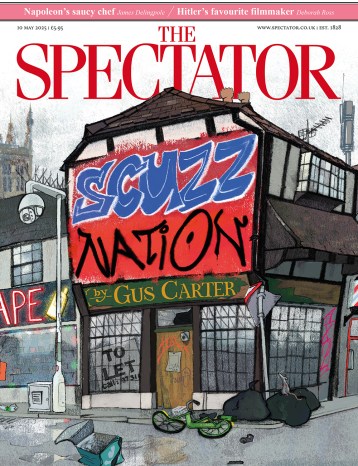
Set in the future, The Year of the Flood tells the story of the build-up to and aftermath of a pandemic known as the Waterless Flood, which all but eradicates the human race. The environment the survivors are left with is extremely inhospitable: Earth’s natural resources are long depleted, and the flora and fauna that remain are made up of genetically spliced, hybrid organisms such as rakunks (rats crossed with skunks), pigoons (hybrid pigs resembling balloons because they’re stuffed with duplicate human transplant organs), and liobams (lions forced not just to lie down with lambs but to integrate with...

Disagree with half of it, enjoy reading all of it
TRY A MONTH FREE
Our magazine articles are for subscribers only. Try a month of Britain’s best writing, absolutely free.
Already a subscriber? Log in





Comments
Join the debate, free for a month
Be part of the conversation with other Spectator readers by getting your first month free.
UNLOCK ACCESS Try a month freeAlready a subscriber? Log in